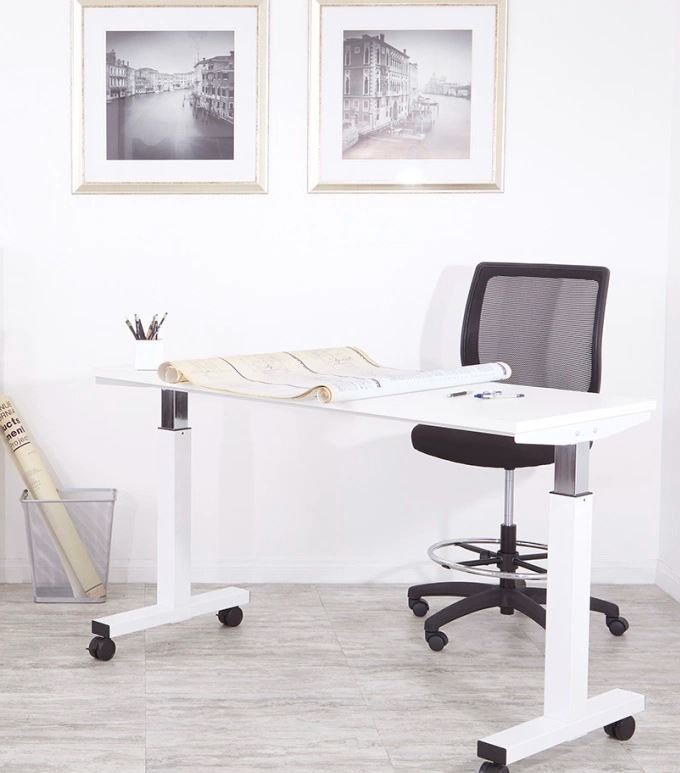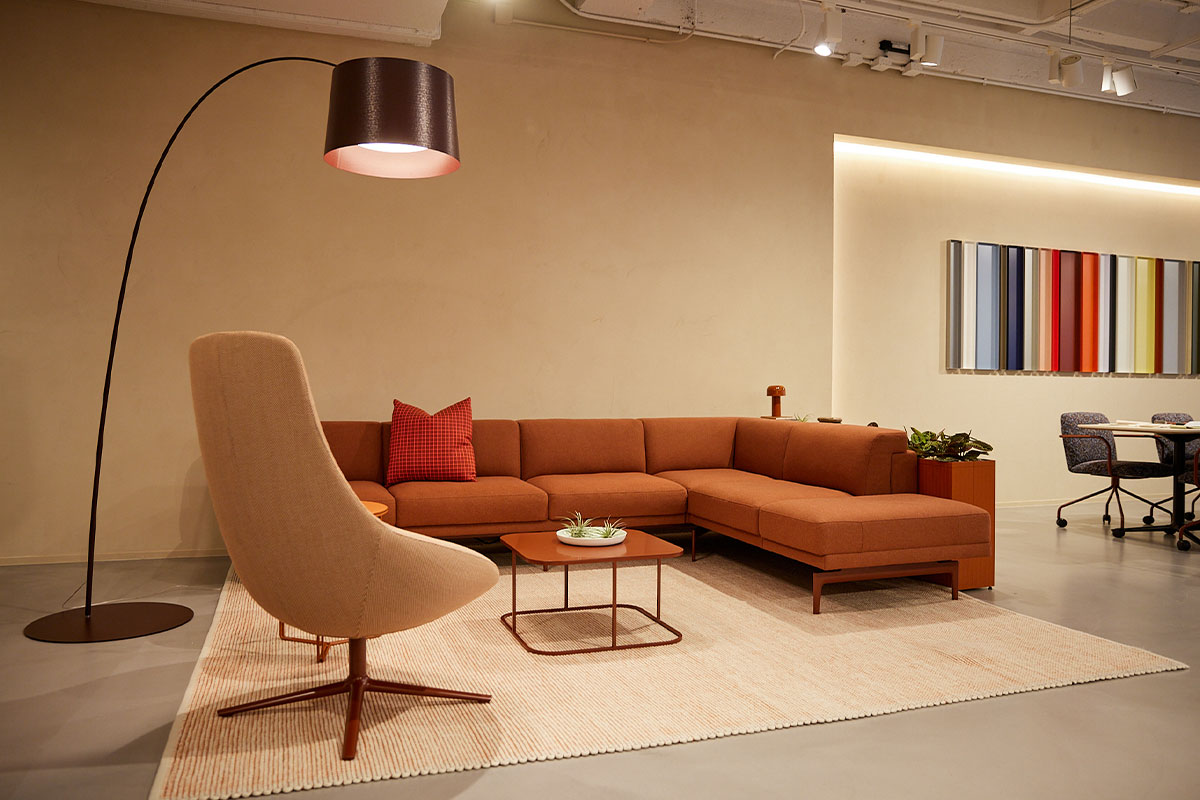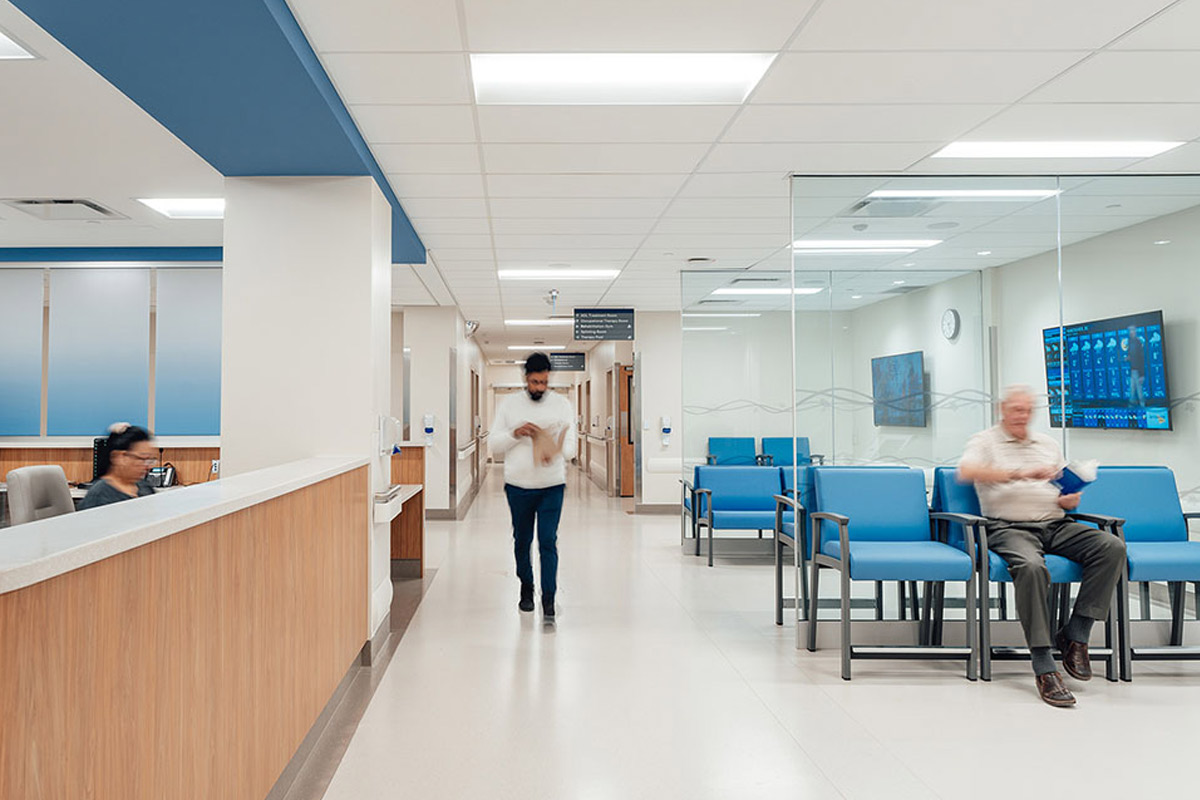Do Standing Desks Live Up to the Hype?
Stand-up desks had their time in the spotlight, but are they part of a trend that is sticking around? The short answer is yes, but the long answer is that it depends on what you are looking for out of the desk.
With all the conveniences built into our modern lifestyles it can be hard to get in the daily dose of activity that the body requires to operate at its prime. Combine this with the massive shift in the workforce over the last 50 years, from jobs that require activity and movement throughout the day, to jobs that require sitting at a desk for prolonged periods with little physical activity, and it’s easy to see why sitting has become public enemy number one. With over 80% of the American workforce now working in sedentary jobs, it’s critical that we find ways to be more active throughout the workday.
In recent years, workplace design has evolved to combat the “sitting epidemic” by creating spaces that encourage movement throughout the day. A variety of tactics have been implemented, including placing meeting rooms and breakrooms on the other side of the building, installing open stairwells between floors and even using standing workstations to promote wellness.
The standing desk has been a topic of much debate as numerous studies and articles on the topic conflict each other, causing much confusion on the benefits of these types of workspaces. Although the standing desk will never replace actual movement and exercise throughout the day, they can still be beneficial by helping us all sit less, while remaining focused on work related tasks.
Not sure if standing workstations are right for your office? Let’s look at some of the pros and cons of the standing desk.
Pros
- Research shows that stand-up desks can boost productivity and cognitive function.
- Standing up promotes the body to burn more calories than sitting.
- It eases pain in the body associated with sitting all day, by helping the body stretch out, increasing blood flow, and engaging the core, glutes, and leg muscles.
- Users report having increased energy and alertness.
- Sitting for prolonged periods of time is bad for your health.
- They can help improve employee engagement. Employees are more engaged when their employer cares about their wellbeing and providing employees with a standing workstation is one way of investing in employee wellness and empowerment.
Cons
- Standing for prolonged periods of time is also not good for you. It can lead to joint and back pain, swelling, and fatigue.
- Much like sitting can, standing can also aggravate bad posture if you don’t pay attention to proper ergonomics.
- Some studies show that standing desks don’t have an impact on productivity.
- There is a lack of long term research on the impact of sit-stand desks in the workplace.
Overall, we believe that a standing desk is not going to instantly make you healthy, but it can provide benefits if used in moderation and with proper ergonomics.
What is Right for You?
With the pros and cons of standing desks, it can be confusing to figure out what is right for you and your employees. The great news is that many standing desks are adjustable so you can use them while standing or sitting. By utilizing adjustable options, you can unlock the pros of standing and then combat the cons of standing for prolonged periods of time.
Height-Adjustable Tables/Desks
There are two types of adjustable tables—a pneumatic option that lets you move the desk up and down with the push of a lever and a little manual power, OR an electric adjustable height table that moves up and down at the push of a button. Adjustable tables can be simple tables, but there are now entire adjustable executive desking options as well.
Keep it Ergonomic
Even when you are standing, you need proper ergonomics. Utilizing adjustable drafting chairs makes it easier to move from sitting to standing. Specific stools also help create a partial-sit/partial-stand position, which puts your spine in a natural S curve shape as well as allowing for an even distribution of pressure on the lower body. However, the backless design is not for everyone and may be best for touchdown spaces where employees gather for impromptu collaboration sessions.
While standing, also consider using an anti-fatigue mat to provide your body with a more comfortable experience
A Lower-Cost Entry into Stand-Up
Wanting to try out a stand-up desk but don’t have a large budget? A desk riser might be a great option! An adjustable standing desk converter is an affordable way to create a standing workstation without having to replace an entire desk. There are many options and colors to match your current desk size and décor.
Let the Andy Stern team be your guide and find a customized solution that works for YOU!




